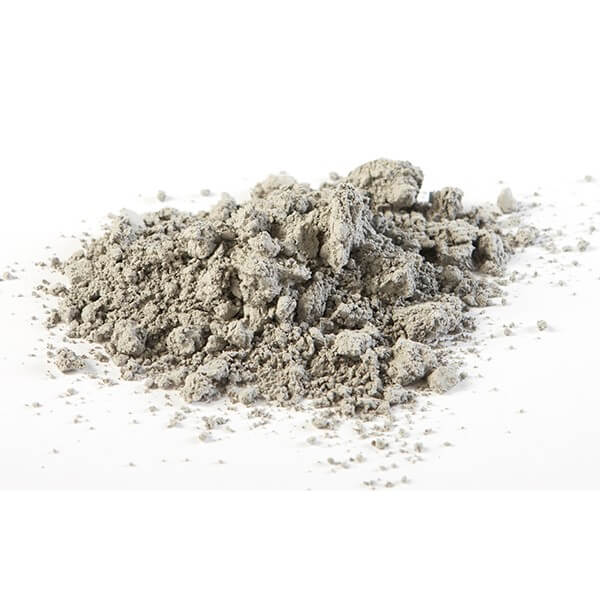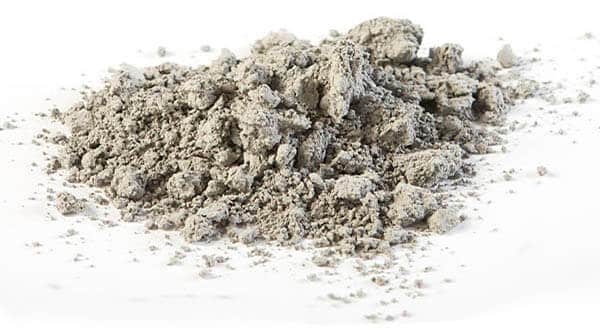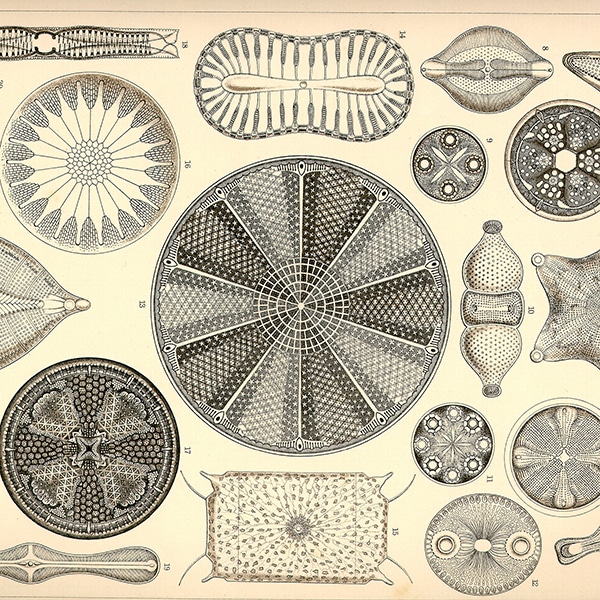
In the article
How Does Diatomaceous Earth (DE) Kill Bed Bugs?
Diatomaceous Earth (DE) kills bed bugs by scratching their shells, leading to their dehydration and eventual death. DE is a natural, non-chemical way to tackle pests, including bed bugs. It’s made from the fossilised remains of tiny sea creatures called diatoms. It acts like a sponge, sucking the life out of bed bugs by targeting their waxy outer layer.
Why Is DE The Best Insecticide For Bed Bug Control?
The benefits of DE and bed bug control treatment are incomparable. DE has many properties that other products lack.
Here are the main benefits:
- Non-Toxic: DE is safe for humans and pets, making it a preferred choice for families with children and animals. It doesn’t contain harmful chemicals.
- Long-Lasting: Unlike chemical insecticides, which lose their effectiveness over time, DE remains effective as long as it remains dry, providing continuous protection.
- Physical Mode of Action: Bed bugs cannot develop resistance to DE because it kills them through physical abrasion and dehydration. This ensures it remains effective against all generations of bed bugs.
- Cost-Effective: DE is relatively inexpensive compared to other pest control methods. A small amount can treat a large area for years.
- Ease of Use: Applying DE is straightforward and doesn’t require professional pest control services.
- Versatile Application: DE should be used in locations where bed bugs hide, such as bed frames, furniture, and carpet edges. Its fine powder can reach into small crevices that other treatments might miss.
- No Odour or Staining: Unlike some chemical sprays that leave unpleasant odours or stains, DE is odourless and doesn’t stain fabrics or surfaces.
- Environmental Friendly: DE is an environmentally friendly natural product. It doesn’t contribute to pollution or chemical buildup in the home, making it a sustainable choice for pest control.
- Effective Against Multiple Insects: Besides bed bugs, DE is also effective against other pests such as ants, cockroaches, and fleas.
- Minimal Risk of Allergic Reactions: DE is less likely to cause allergic reactions than chemical insecticides, making it a safer option for individuals with sensitivities or allergies.
These reasons collectively make diatomaceous earth an outstanding choice for bed bug control, offering safety, effectiveness, and ease of use.
Watch Bed Bugs Walk Over Diatomaceous Earth
DE normally takes 10 days to kill bed bugs, but watch how we kill them in 24 hours by turning them into immolbilsied statues.
What Does Diatomaveous Earth Look Like?

Diatomaceous Earth Dust

Microscopic View of Diatomaceous Earth. Thousands of Incredible Shapes
Diatomaceous Earth Bed Bug: How to Use It Right
When it comes to tackling bed bugs, precision is key. Diatomaceous earth bed bugs is your secret weapon, but it’s crucial to use it smartly. Don’t waste this precious powder on exposed areas where bed bugs don’t usually hang out. Instead, focus on the hidden spots they love to call home.
Target the cracks and crevices in and around your bed, along the mattress seams, and in the furniture nooks. These are the prime hideouts where bed bugs thrive.
By applying diatomaceous earth precisely where needed, you’ll maximize its effectiveness and keep those pesky bugs at bay without wasting any of your valuable product.
Check Out Our Bed Bug Removal Methods
How To Apply Diatomaceous Earth To A Bed Frame
Treatments To Get Rid Of Bed Bugs
If bed bugs do invade, quick and effective action is key. Here are some tried-and-true methods for kicking them out:
Heat Treatment:
- Use a steamer for bed bugs to kill them instantly. Heating the entire house is expensive and usually fails because the bed bugs can go under the floor boards to escape the heat.
Toxic Chemical Treatments:
- Over-the-counter sprays usually don’t work well, but professional-grade treatments can sometimes be effective. It’s best to hire a licensed pest control expert for this.
Organic Treatments:
- Diatomaceous Earth Bed Bugs Dust (Bed Bug Powder) dehydrates bed bugs and continues to work for years.
Mattress Encasements:
- Encasing mattresses and bases can trap bed bugs, though it won’t get rid of them entirely if they are on the bed frame.
Barrier Traps:
- Use barrier traps to prevent and kill bed bugs walking up your bed legs.
If you think you have bed bugs, don’t panic. Watch these DIY treatment videos to get rid of them fast and forever.
How to Treat A Bed Frame Using Diatomaceous Earth
How to Treat An Ensemble Bed Using Diatomaceous Earth
Other Uses For Diatomaceous Earth
Diatomaceous Earth (DE) is a versatile natural substance with various uses across various industries and applications.
Here’s a comprehensive list of 27 possible uses:
Agricultural Uses
- Pest Control: Used to control pests like ants, bed bugs, cockroaches, and fleas.
- Animal Feed: Added to livestock feed as a natural dewormer and to improve animal health.
- Crop Protection: Used as a natural insecticide on crops to protect against insects.
- Grain Storage: Prevents infestations in stored grains.
Health and Personal Care
- Dietary Supplement: Used as a source of silica in nutritional supplements for improved hair, skin, and nail health.
- Detoxification: Consumed as a detoxifying agent to cleanse the digestive system.
- Skin Care: Used in face masks and exfoliants to remove dead skin cells.
- Oral Health: Used in homemade toothpaste for its abrasive properties.
Household Uses
- Pest Control: Sprinkled in areas where pests are present to control infestations.
- Deodorizer eliminates odours in garbage cans, refrigerators, and pet areas.
- Stain Remover: Effective in removing stains from carpets and upholstery.
- Polishing Agent: Used in cleaning products for polishing silver and other metals.
Industrial Uses
- Filtration: Used in water filtration systems for swimming pools and drinking water.
- Abrasive: Incorporated in industrial products like sandpaper and polish.
- Insulation: Used in the manufacture of high-temperature insulation materials.
- Paint and Coatings: Added to paint as a filler and to improve texture.
Environmental Uses
- Oil Spill Clean-Up: Used to absorb oil and other chemicals in spill clean-ups.
- Soil Amendment: Improves soil drainage and aeration in gardening and agriculture.
- Composting: Enhances the decomposition process in compost piles.
Food and Beverage Industry
- Food Processing Aid: Used in producing beverages like beer and wine.
- Anticaking Agent: Prevents clumping in powdered food products.
Construction and Building Materials
- Cement and Concrete: Used as a filler in cement and concrete.
- Plaster and Stucco: Improve the properties of plaster and stucco.
Miscellaneous Uses
- Pet Care: Applied to pets’ fur to control fleas and ticks.
- Crafting and Arts: Used in various crafting materials and techniques.
- Fireworks: Incorporated in fireworks as a stabilizer.
- Aquariums: Used to maintain water quality and clarity.
Health Risks of Diatomaceous Earth
Diatomaceous earth (DE) is a popular non-chemical way to tackle bed bugs, but it has its risks.
DE insecticides are made from amorphous silicon dioxide, which can be harmful if inhaled for years without using protection.
It normally affects miners and stone cutters who are exposed to extremely high dust levels at work every day for years.
Here’s what could happen with high daily exposure:
- Silicosis: Breathing in silica dust can scar your lungs and cause inflammation.
- Lung Cancer: Long-term exposure to silica particles can increase your chances of lung cancer.
- Other Lung Problems: Chronic obstructive pulmonary disease and other non-cancerous lung issues can also crop up.
To keep your lungs safe:
- Clean up DE after using it.
- Opt for DE with bigger particles to cut down on inhalation risks.
- Keep DE use to confined spaces.
- Use baiting stations to keep DE from becoming airborne.
Frequently Asked Questions:
1. How long does it take for diatomaceous earth to kill bed bugs?
It takes diatomaceous earth up to 10 days to kill bed bugs. It works by physically abrading and dehydrating them, which can take some time. The main benefit of diatomaceous earth is that it works forever unless you remove it. This is the only product on the market that can do that.
2. Can bed bugs become immune to diatomaceous earth?
No, bed bugs cannot become immune to diatomaceous earth. Diatomaceous earth kills bed bugs through a physical mechanism rather than a chemical one. Since this method does not rely on chemical toxicity, bed bugs cannot develop resistance to it.
3. Can I put diatomaceous earth on my skin?
You can put diatomaceous earth on your skin; it will not hurt you but dry your skin out. While it is considered non-toxic and safe, it can irritate the skin.
Sources:
National Library of Medicine, MMPC (How to Use Diatomaceous Earth to Kill Bed Bugs), Science Direct (bed bug)



Leave a Reply